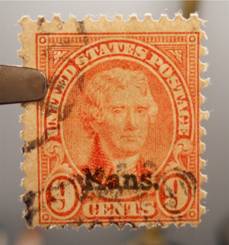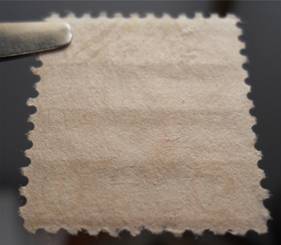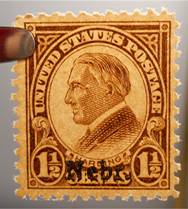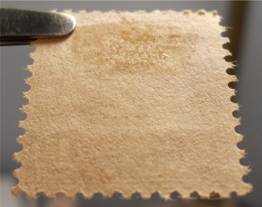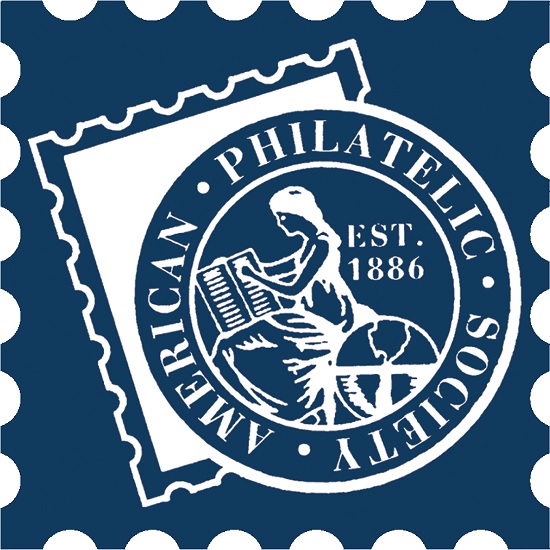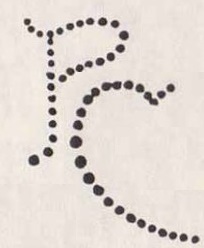Riverside Stamps
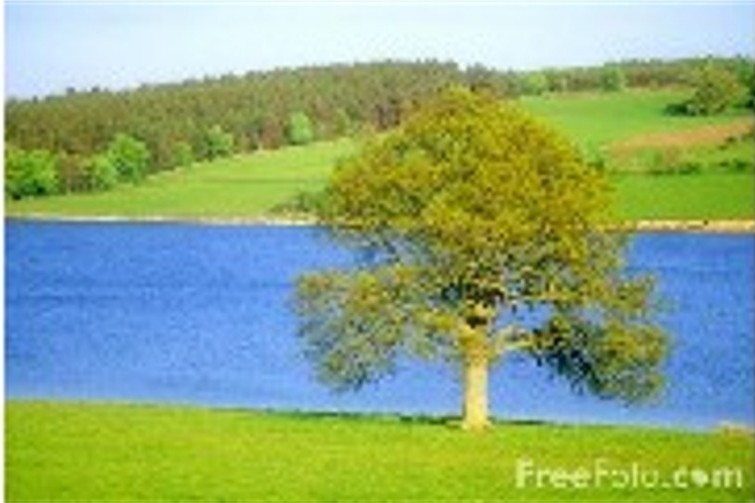
Return to Home Page or Altered and Faked stamps Index Page
|
The contents of
this website is copyright protected. Any suggestions for additions or changes are always welcome. |
How to detect fake Nebr./Kans. Overprints.
I have recently come across a small 33 page pamphlet combining two past articles originally published in The American Philatelist monthly journal. It is part of the APS Handbook Series first published in 1973 and is called Counterfeit Kansas-Nebraska Overprints on 1922 - 34 Issue by Robert H. Schoen and James T. DeVoss / First Day Covers of the Kansas-Nebraska Overprints by Jack V Harvey. My copy came from Subway Stamp Shop in the Reference Book section under General Philately. The pamphlet itself is cheap, only $6.00 but is packed full of useful information concerning the Nebraska / Kansas overprints such as:
- History of the overprint.
- How they were printed.
- Printing varieties.
- How to detect a fake overprint - mainly from looking at the overprint itself and how fakes deviate from the genuine.
- The "California Counterfeits"
- Information on first day covers.
The Nebraska / Kansas overprint fakes are a fairly common occurrence but fortunately they are easy to spot. Below is an outline of the methods I use to quickly and easily spot fake Nebr./Kans. Overprints on used and unused stamps off cover. Mind you eventhough the perferations check out and there are the correct number of gum breakers it is still possible for the overprint to be fake but the chances are small.
1. Check the perforations - good for finding used and unused fakes.
There are three common varieties of fully perforated issues of the 1922 - 1932 regular issues - the perf 11 flat plate printing of 1922 - 23, the perf 10 rotary press printing of 1923 - 26 and the perf 11 X 10 1/2 rotary press printing of 1926 - 34. Nebr./Kans. Overprints were only issued in 1929 on the 11 X 10 1/2 rotary press regular issues of 1926 - 34 so any overprinted stamp, used or unused, found with perf 10 or 11 can be considered fakes straight away while the perf 11 X 10 1/2 need one more check.
2. Check the number of gum breakers - easy on unused stamps, not so easy on used stamps.
The perf 11 X 10½ rotary press printed stamps of 1926 - 34 had gum breakers applied; gum breakers "are lightly impressed, parallel ridges occurring at regular intervals. They are applied by a special gum breaker roller from the face side of the stamp after printing and before perforating. Their purpose is to prevent the paper from curling after it is cut into post office panes."[1] There are three varieties of gum breaker spacing on this issue - 5.5mm (Type I), 22mm (Type II), and 12mm (Type III). Gum breakers run horizontal to the face of the stamp. With no exception all genuine unused Nebr./Kans. overprints have gum breakers that are spaced 22mm (Type II) apart which means that there will only be one gum breaker on the back unless the breakers are at the very top and very bottom perforations of the stamp. The gum on a Type II stamp will also show a distinct vertical patterning of 14 ridges to some degree. So any 11 X 10 1/2 overprint with gum breakers spaced less than 22mm apart can be considered fakes. Absence of the gum breaker ridge indicates either regumming or regumming and a fake overprint.[2] Fig.1 shows a genuine overprint with one gum breaker on the left and a fake overprint with 12mm gum breakers on the right.
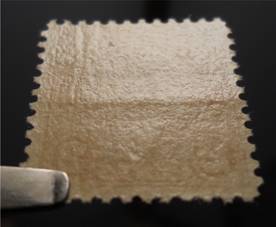 |
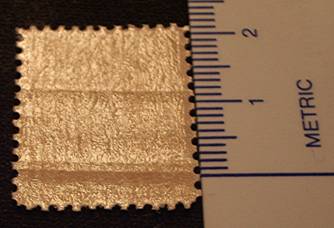 |
|
Fig.1 |
|
Gum breakers on unused stamps are easy to spot simply by looking at the gummed side of the stamp at an angle under most any light condition. A stamp that is used may still have vestiges of any gum breaker(s) that were present even after a stamp has been soaked off of a cover, dried and hinged mounted. The gum breaker ridge impression on a used stamp can be strong enough to be seen using the same angled viewing method under a light technique as with an unused stamp, see Fig. 2.
|
|
|
|
Fig. 2 |
|
The stamp seen in Fig. 2 gauges out to the correct 11X10 1/2 but the obvious 5.5mm gum breaker ridges gives it away as a faked overprint.
Now most used stamps are not going to have such prominent gum breaker ridges as seen above. In most cases the gum ridge will be barely visible when the stamp is held up to a light or not detectable at all. In such a case the gum breaker ridge can be felt. It takes a bit of practice but with experience even the faintest gum ridge can be detected on a used stamp by gently holding the stamp to be examined between the thumb and fore finger and feeling the stamp from the top to the bottom. Fig. 3 is an image of a stamp shows one faint gum breaker ridge near the bottom when held at an angle to a light but actually has a second gum breaker ridge 12mm away going towards the top of the stamp. This stamp also gauges out to the correct 11X10 1/2.
|
|
|
|
Fig. 3 |
|
To show how common the fake Nebr./Kans overprints are I analyzed a small group of thirteen stamps in my overflow collection and six of the thirteen were fake overprints. Three were perforated 10X10, one was perforated 11X11 and the other two had 5.5mm and 12mm gum breakers on perf 11X10 1/2 used stamps.
The literature describes three other ways to detect possible fake overprints.
3. By analyzing the size and shape of the overprints to determine the subtle differences in the fonts and printing methods used to make the overprint.
The pamphlet mentioned at the top of the page is an excellent source of detailed information concerning the size and shape of fake overprints compared to genuine overprints. The pamphlet that I mention at the top of this article has very good illustrations of the size and shape of genuine vs. fake overprints.
The best way I've found to compare the size and shape of an overprint is to obtain a certified copy of each overprint to use as a reference. An image of a suspect overprint could then be overlaid on an image of the reference overprint using any number of readily available image processing software. In my case I use SoftPros EzImage software. The suspect image would then be made semitransparent and the suspect’s colors inverted in order to accurately position the suspect over the reference. Below is an example of a known fake overprint (light color) overlaid on a genuine overprint (dark color).
Fig. 4
As can be seen in Fig. 4 the fake overprint in no way comes close to matching the genuine overprint. The next image is a genuine overprint overlaid on a genuine overprint.
Fig. 5
As can be seen in Fig 5 the two overprints are an exact match with no variation in height or width. My plans going forward are to get one each of my Nebr./Kans. Overprints in my collection certified as genuine to use as references for detecting fake overprints
4. Color.
"Genuine Kansas-Nebraska overprints exist only on the 1929 shades of the perforated 10 1/2 x 11 set, and in most values the differences in color are considerable when compared to other printings. These differences are of major importance when examining used copies and are summarized in table 4.2"[3].
There are a couple of different ways to get a reference set of stamps for color comparisons. One way would be to purchase a set of overprint stamps on first day covers with a May 1 1929 Washington DC postmark. This would be an expensive option with FDC’s going for $750 to well over $2000. Another option would be to purchase the 11 stamps that make up either the Nebr. Or Kans. Overprint series and have them individually certified as genuine. This would not be as expensive as the FDC route with a set of overprints costing as little as $100 for unused lightly hinged stamps up to $500 plus for complete sets of 22 stamps unused MNH. A certificate, on average, runs $25 so the total cost for an 11 stamp set would be $275 plus the cost of the stamps - $375 to $800. The route I’m taking is to collect a set of stamps with each type of gum breaker. Doing it this way has made for some interesting interactions between me and sellers of the 1926 – 34 rotary press printing of Scott #632 through #642. I would contact the seller and ask how many gum breakers are visible on the back of each stamp in the set. Most times I would get favorable information back on each stamp, sometimes I would get the deer in the headlights response of “what are gum breakers?” and a couple of times the reply back was downright nasty like “how dare you imply that I’m not selling the correct stamps”. It’s gotten to the point where I have stopped asking and now just buy a set when the price is right. When I receive the set I go through it looking for the stamps I need and any extras go into my resale pile.
Table
4.2
Colors
of Genuine and Bogus Kansas-Nebraska stamps
|
Denomination |
Color of Genuine Stamps |
Color of Bogus Stamps |
|
1c |
Dull Yellow-Green |
Blue-Green |
|
1 1/2 c |
Colors are Similar |
|
|
2c |
Dark Dull Red |
Bright Red |
|
3c |
Dark Dull Violet |
Bright Violet, Red-Violet |
|
4c |
Dark Yellow Brown |
Light Yellow-Brown |
|
5c |
Dark Dull Blue |
Light Blue |
|
6c |
Dull Orange |
Bright Orange |
|
7c |
Grayish Black |
Full Black |
|
8c |
Olive-Green |
Olive-Bistre |
|
9c |
Dull Rose |
Bright Rose, Orange-Red |
|
10c |
Colors are Similar |
|
5. Plate numbers used in the production of the 1929 series. [4]
|
Denomination |
Kansas |
Nebraska |
|
1c |
18957, 19302, 19338, 19339 |
19338, 19339 |
|
1 1/2 c |
19181, 19191 |
19182, 19192 |
|
2c |
19174, 19175, 19273, 19379, 19383, 19384, 19385, 19398, 19430, 19431, 19436, 19447 |
19989, 18990, 19059, 19204, 19205, 19233, 19378, 19430, 19431, |
|
3c |
18126, 18803, 18804 |
18803, 18804 |
|
4c |
18038, 18082 |
|
|
5c |
18907, 18908 |
|
|
6c |
18030, 18037 |
|
|
7c |
18736, 18740 |
|
|
8c |
18191, 18192 |
|
|
9c |
18742, 18744 |
|
|
10c |
19234, 19235 |
|
The first two methods described should be more than enough to catch 999 out of 1000 fake overprints. I use the third method to verify if an overprint is genuine or not after finding the perforations and gumbreakers are correct. I have never had to resort to the last two methods to detect a fake overprint. These last two ways of detecting a fake overprint would be, in my opinion, the methods of absolute last resort. It takes access to a large number of genuine and fake stamps and a long time of patient study to even begin to have an idea as to what to look for in the way of color differences and / or differences in the size and shape of the overprints.
I first learned how to spot fake 'Nebr.' / 'Kans.' overprints by reading an eBay guide titled Authentic Kans./Nebr. Overprints written by user name hartfordstamps. I've learned additional information from an outstanding book written by Paul W. Schmid titled How to detect damaged, altered and repaired stamps (found my copy on Amazon.com) as well as the pamphlet titled Counterfeit Kansas-Nebraska Overprints on 1922 - 34 Issue (written by Robert H. Schoen and James T. DeVoss) / First Day Covers of the Kansas-Nebraska Overprints (written by Jack V Harvey).
[1] Paul W. Schmid. How to Detect Damaged, Altered, and Repaired Stamps, pp. 21
[2] Scott 2009 Specialized Catalogue of United States Stamps & Covers, pp. 86
[3] Paul W. Schmid. How to Detect Damaged, Altered, and Repaired Stamps, pp. 77 - 88
[4] Paul W. Schmid. How to Detect Damaged, Altered, and Repaired Stamps, pp. 80 - 81
To Contact Riverside Stamps:
Email:
Mike Girard - Owner / Operator / Web Master:
g1rardmn1099@comcast.net
|
I am a member of the American Philatelic Society
|
I am a member of the United States Stamp Society 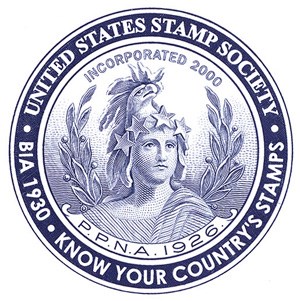 USSS #: 16733 Visit the United States Stamp Society Website at www.usstamps.org |
I am a member of the Perfins Club
|
